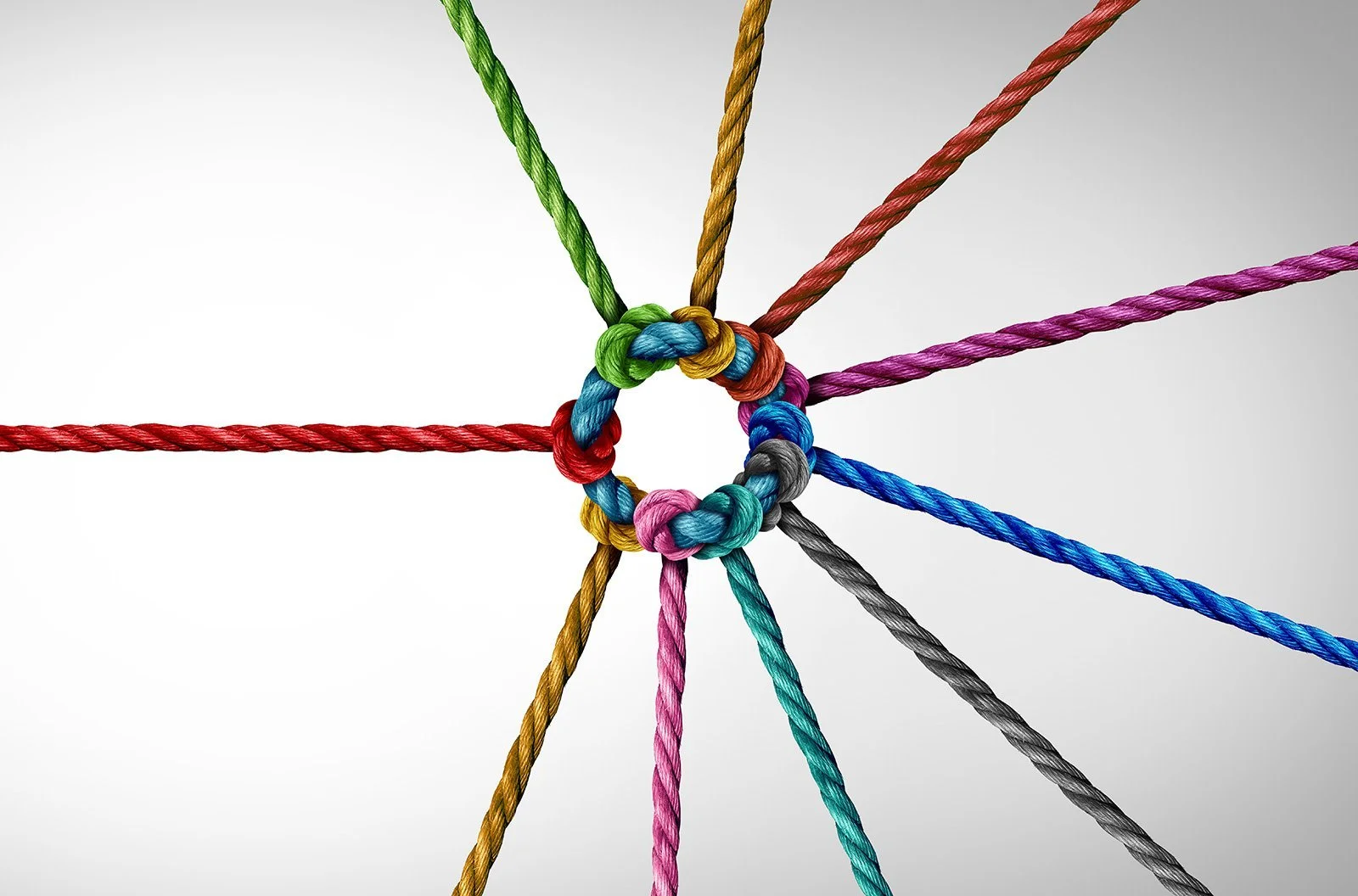READ STORIES THAT MATTER
Ibbaka Skill & Talent Blog
Core Concepts: Skill Graph
Typing "Skill Graph" into Google produces many results. So, what exactly is this Skill Graph that talent and skill management companies talk about. Regardless of the approach, Skill Graph focuses on relationships between all sorts of things - from Skills to Roles, Experiences and Learning.
Try connecting your own skills
The skill graph is sometimes seen as a normative representation of skills, a quasi official thing that is common across an organization or discipline. I am interested in a different approach, where each person's individual skill graph is as unique as their DNA and offers insight into their creativity.
How to connect your skills
Skills get connected to many different things. Part of the power of skill management comes from making and managing these connections. Skills connect to other skills, to people, to roles and to goals. Spend 15 minutes thinking about new ways you can connect your skills.
How to infer skills from unstructured content - emerging best practices
There are many reasons to infer skills from unstructured content. It is one way to seed skill profiles and to keep them current. It is also used in future skills research and in skill-based strategies, where finding skill differentiation is critical. In this post we look at some of the emerging best practices.
What is a skill profile?
What is a skill profile? A visual way to show your skills and how you apply them. A skill profile can be for an individual, a team, an organization or a community. One can also have a skill profile for a role or job. Skill profiles represent who we are and what we can do. They are a good opportunity for design innovation.
Deep reading as a critical skill
Reading is one of the most important foundational skills, but what does it really mean to be an expert or deep reader? Deep reading relies on a combination of immersion (related to flow), reflection and connection. One can learn to apply each of these enabling skills to improve one’s own reading.
Flow as a critical skill
Sustained performance of any task at a high level requires flow. The total entry into what is being done.
Critical Skills - How to develop critical skills
Critical skills are, well, critical. A lot of Ibbaka’s work turns around identifying critical skills in different contexts. Identifying critical skills is a good start. But once you have identified them, how do you develop them? We investigate several strategies in this post.
Critical Skills - Curiosity (reprise)
“Curiosity killed the cat, satisfaction brought her back.” Curiosity is an important behavior in a shifting and uncertain world. But is it a skill? Perhaps not. It is better described as an attitude. But there are important skills that support curiosity, and it is critical to many different business functions.
What skills are required for data literacy?
Data literacy is one of the central skill sets for 21st C work. Data literacy depends on web of other skills. In this post Karen Chiang looks at the Ibbaka skill graph to see how the different skills connected to data literacy play together.
No man is an island
TeamFit connects competency models to its skill graph to obtain the most accurate map of where you are and where you want to go.
What is in a competency model and how are they used?
Many organizations invest significant effort into building competency models without getting a return. This is unfortunate, a good competency can represent the organization's values while connecting skills to performance and learning. Conventional hierarchical systems are failing here, a more dynamic model can succeed.
The skills of pricing experts - Skill Insight Research
Ibbaka conducts occasional Skill Insight Research projects to deepen our understanding of how skills are used in various industries, roles and professions. We recently did research on the skills required for pricing experts
Mind mapping career goals gives the insights needed for real collaboration
Mind mapping career goals give insights into team member’s motivation that can help promote real collaboration and alignment.
"The thought is sculpture." ~ Joseph Beuys
The stand-alone skills are just building blocks that only came to life when connected to a network.
The Skill Graph is like a neural network - it captures memories and guides potential
The Skill Graph is like a neural network, connecting the memory of your skills, how you have used them and who you have used them with to your future.
Innovation depends on building bridges - How do Francis Bacon, Google Jobs and the Palace on the Water get connected
TeamFit builds bridges between people, teams, business units & companies. Bridges based on skills and competencies. It is these bridges that power innovation.
What are the alternatives to a skill management platform?
Skill management answers critical questions about knowledge workers enabling higher performance. Talent management or SharePoint are not viable alternatives.


























